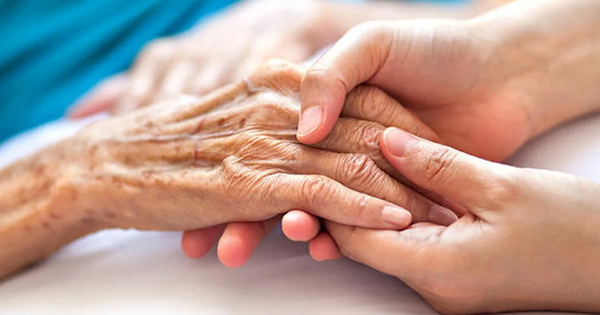Although designed to promote healing by establishing an optimal wound environment, some dressing types damage the wound and periwound tissues, leading to delayed healing, affecting patient quality of life and having severe implications on the cost of care. In this article the authors hypothesise a novel mechanism by which dressings can traumatise wound and periwound tissue, proposing the concepts of dressing-related macro-trauma and micro-trauma. Within this hypothesis they discuss the role of atraumatic dressings in addressing the challenge of minimising tissue damage, which can impact on the quality of life of patients with difficult-to-heal wounds. They also consider the implications for wound care treatment costs.






